Are you looking to prevent your children or yourself from accessing certain websites on your computer? Installing a browser extension on Chrome, Edge, or Safari might seem like the solution, but it will only block sites for that specific browser. If you need to ensure that nobody can access a website from any web browser, we’ve got you covered! This article will guide you on how to completely block access to a website using your Chromebook, Mac, or Windows 10 or 11 computer.
Website Blocking Overview
To block websites on Google Chrome, Firefox, or Safari, download the Block Site extension. Enter the website you want to block, then create and set a password to prevent access to that site on your computer.
Method 1: Block Any Website on Windows
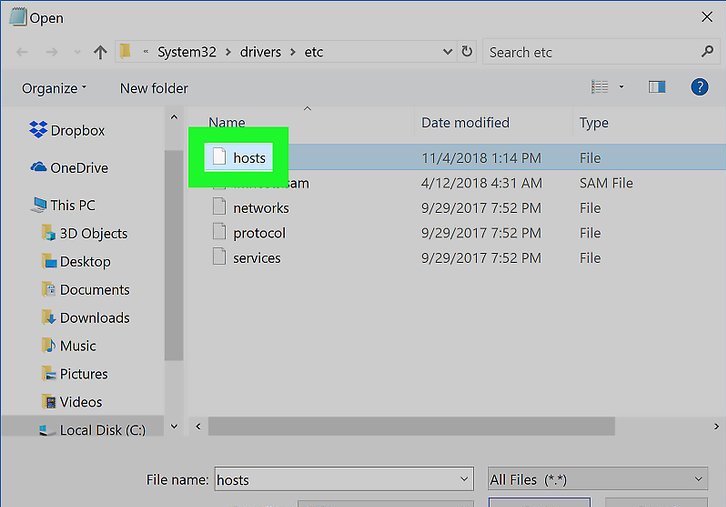
- Open Start: Click the Windows logo in the bottom-left corner of the screen.
- This method is applicable to Windows 10 and Windows 11.
- Search for Notepad: Type “notepad” in the search bar to find the Notepad app.
- Open Notepad in Administrator Mode:
- Right-click the Notepad icon at the top of the Start window.
- Select “Run as administrator” from the drop-down menu.
- Click “Yes” when prompted to confirm. The Notepad window will open.
- If your mouse doesn’t have a right-click button, click the right side of the mouse or use two fingers to click.
- If your computer uses a trackpad, use two fingers to tap the trackpad or press the bottom-right side.
- Open the Hosts File:
- Click “File” in the top-left corner of the Notepad window.
- Select “Open…” from the drop-down menu to open a File Explorer window.
- Navigate to the “etc” folder by following these steps:
- Click “This PC” on the left side of the File Explorer.
- Scroll down and double-click your hard drive’s name (usually OS (C:)).
- Double-click the “Windows” folder.
- Scroll down and double-click the “System32” folder.
- Scroll down and double-click the “drivers” folder.
- Double-click the “etc” folder.
- Click the “Text Documents (*.txt)” box in the lower-right side of the window and select “All Files” from the drop-down menu. Several files will appear in the main window.
- Edit the Security Settings for the Hosts File:
- Right-click the “hosts” file.
- Select “Properties” from the drop-down menu.
- Go to the “Security” tab and click “Edit.”
- Check the “Full Control” box and click “OK.” Click “Yes” when prompted, then click “OK” again.
- Open the Hosts File:
- Select the “hosts” file and click “Open” in the lower-right side of the window. The hosts file will open in Notepad.
- Add Websites to the Block List:
- Create a new line at the bottom of the document by clicking the end of the last line and pressing “Enter.”
- To block a website, type
127.0.0.1and press “Tab.” Then, type the website’s address without the “www” section (e.g., “facebook.com”). - Press “Enter” to start a new line and repeat for other websites you want to block.
- Block Google Chrome Sites:
- If blocking sites on Google Chrome, add a space and then the “www.[site].com” version of the website’s address after the “[site].com” version (e.g.,
127.0.0.1 facebook.com www.facebook.com). - Including the “http://” or “https://” part of the address can improve blocking chances.
- If blocking sites on Google Chrome, add a space and then the “www.[site].com” version of the website’s address after the “[site].com” version (e.g.,
- Try Blocking Alternative Versions:
- IP Address: Find and block a website’s IP address in the hosts file.
- Mobile Site: Add “m.” in front of a website’s address (e.g., “m.facebook.com”) to block the mobile version.
- Save the Edited Hosts File:
- Click “File” in the top-left corner of Notepad.
- Select “Save As…” from the drop-down menu.
- In the “Save as type” drop-down box, select “All Files.”
- Select the “hosts” file in the main window and click “Save.” Confirm the overwrite by clicking “Yes.”
- Flush the DNS Cache:
- Use Command Prompt to flush the DNS cache and prevent saved browser information from clashing with blocked sites.
- Press the Windows key and type “cmd.”
- Right-click “Command Prompt” and select “Run as administrator.” Click “Yes” to confirm.
- In Command Prompt, type
ipconfig /flushdnsand press “Enter.”
- Restart All Browsers:
- Close and re-open any browser windows you have open. The websites added to the hosts file should now be blocked.
- If the websites are still accessible, try restarting your computer.
Method 2: Block Any Website On Mac
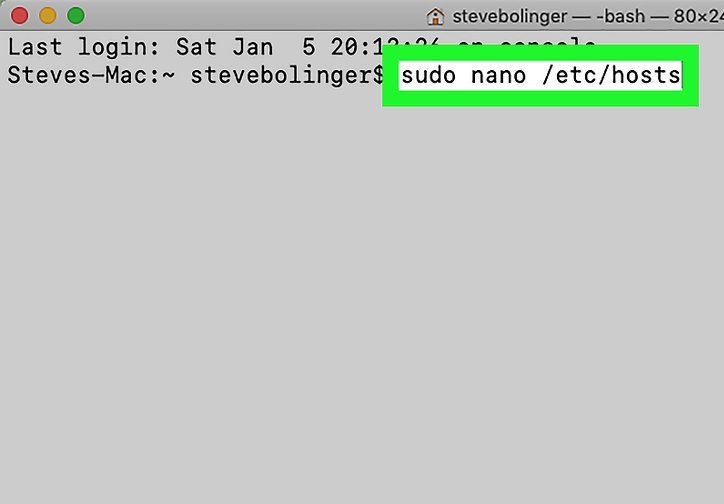
- Open Spotlight: Click the magnifying glass icon in the upper-right corner of your Mac’s screen. A text box will appear.
- Search for Terminal: Type “terminal” into the Spotlight search box to find the Terminal app.
- Open Terminal: Double-click the Terminal app, which should be the top option in the Spotlight search results. This will open the Terminal app.
- Open the Hosts File:
- Type
sudo nano /etc/hostsand press ⏎ Return. - Enter your Mac’s password when prompted. Note that the Terminal won’t display the characters as you type your password. The hosts file will open.
- Type
- Navigate to the Bottom of the Page:
- Press the ↓ key until the cursor is at the end of the last line of text on the page, then press ⏎ Return.
- Add Websites to the Block List:
- To block a website, type
127.0.0.1and press Tab. - Type the website’s address without the “www” section (e.g., “facebook.com”).
- Press ⏎ Return to start a new line, then repeat the steps for other websites you want to block.
- To block a website, type
- Block Google Chrome Sites:
- If blocking sites on Google Chrome, add a space and then the “www.[site].com” version of the website’s address after the “[site].com” version (e.g.,
127.0.0.1 facebook.com www.facebook.com). - Including the “http://” or “https://” part of the address can improve blocking effectiveness.
- If blocking sites on Google Chrome, add a space and then the “www.[site].com” version of the website’s address after the “[site].com” version (e.g.,
- Try Blocking Alternative Versions:
- IP Address: Find a website’s IP address and block it in the hosts file.
- Mobile Site: Add “m.” in front of a website’s address (e.g., “m.facebook.com”) to block the mobile version.
- Save and Exit the Editor:
- After entering all the sites you want to block, press Control+O to save and then ⏎ Return.
- Press Control+X to exit the hosts file.
- Flush the DNS Cache:
- Type
sudo killall -HUP mDNSResponderand press ⏎ Return. This command will flush your Mac’s DNS cache, ensuring that all previous website data (e.g., saved passwords) is erased. The listed sites should now be blocked in all browsers on your computer. - If the browsers don’t block the site, restart your computer to finalize the changes.
- Type
Method 3: Block Any Website Using Chromebook & Google Chrome
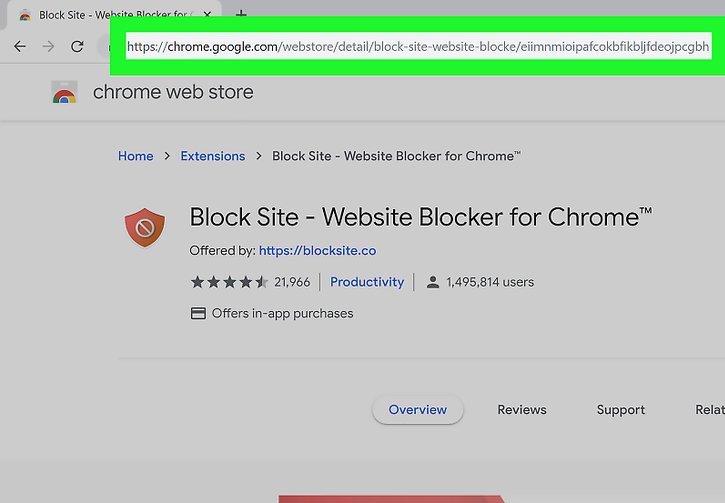
- Open the Block Site Page:
- This page is where you’ll install the Block Site extension.
- Block Site lets you block individual pages or entire websites and set a password so other users can’t change your block list.
- Click “ADD TO CHROME”:
- This blue button is in the upper-right corner of the page.
- Add Extension:
- Click “Add extension” when prompted at the top of the page. Block Site will begin installing.
- Click the Block Site Icon:
- This shield-shaped icon is in the upper-right corner of the Chrome page. A drop-down menu will appear.
- Edit Block Sites List:
- Click “Edit block sites list” in the drop-down menu to open the Block Site page.
- Alternatively, you can click the gear-shaped icon in the top-right corner of the drop-down menu to open the Block Site page.
- Enter a Website’s Address:
- Click the “Enter a web address” text box near the top of the page and type the address of the website you want to block.
- To block a specific page, go to that page and copy the address by clicking the address bar at the top of the window and pressing
Ctrl+C(Windows) or⌘ Command+C(Mac).
- Click +:
- This is to the right of the website text field. The website will immediately be added to Block Site’s list of blocked websites.
- You can remove a site from Block Site’s blacklist anytime by clicking the red circle icon to the right of the website’s URL in the list of blocked sites.
- Password Protection:
- Click the “Password Protection” tab on the left side of the Block Site page.
- Check the “Require a password to access Block Site menu” box. A password text box will appear at the bottom of the page.
- Optionally, you can check the “Enable password access to blocked pages” box to allow your password to open blocked sites.
- Enter a Password:
- Scroll down and type your preferred password (at least 5 characters) into the text box at the bottom of the page.
- Set Password:
- Click “Set Password” to the right of the password text field. This will create and apply your password to Block Site.
- When accessing Block Site in the future, you’ll need to enter your password to add or remove sites.
- If you forget your password, you can right-click the Block Site icon and click “Remove from Chrome.”
- Allow Block Site in Incognito Mode:
- Enable Block Site in incognito mode to prevent users from bypassing restrictions:
- Click
⋮ - Select “More tools”
- Click “Extensions”
- Click “DETAILS” below the Block Site heading.
- Toggle the “Allow in incognito” switch to grey.
- Click
- Enable Block Site in incognito mode to prevent users from bypassing restrictions:
Method 4: Block Any Website Using Firefox
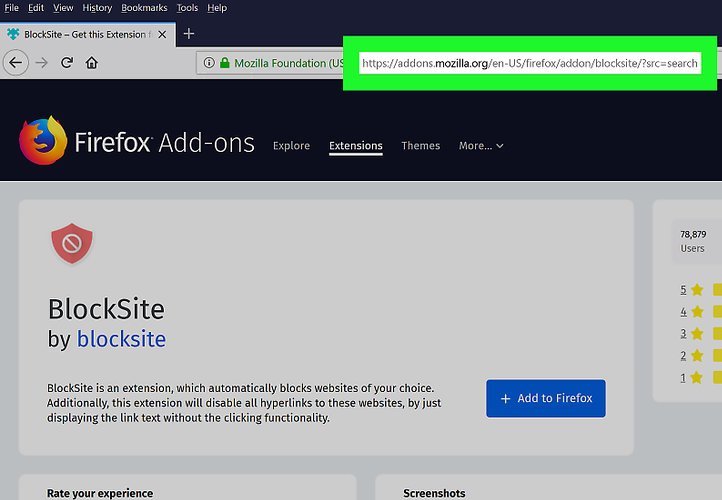
- Open Firefox:
- The app icon resembles an orange fox wrapped around a blue globe.
- Open the Block Site Webpage:
- This is where you will download the Block Site extension.
- Click “+ Add to Firefox”:
- This blue button is in the middle of the page. You might need to scroll down to find it.
- Click “Add” When Prompted:
- This option will appear at the top of the window. Clicking it will install Block Site in your Firefox browser.
- Click the Block Site Icon:
- It’s an orange, shield-shaped icon in the upper-right corner of the window. A drop-down menu will appear.
- You might need to click “Got it” in the drop-down menu before proceeding.
- Edit Block Sites List:
- Click “Edit block sites list” in the drop-down menu to open the Block Site page.
- Alternatively, you can click the gear-shaped icon in the top-right corner of the drop-down menu to open the Block Site page.
- Enter a Website’s Address:
- Click the “Enter a web address” text box near the top of the page and type the address of the website you want to block.
- To block a specific page, go to that page and copy the address by clicking the address bar at the top of the window and pressing
Ctrl+C(Windows) or⌘ Command+C(Mac).
- Click +:
- This is to the right of the website text field. The website will immediately be added to Block Site’s list of blocked websites.
- You can remove a site from Block Site’s blacklist anytime by clicking the red circle icon to the right of the website’s URL in the list of blocked sites.
- Password Protection:
- On the Block Site page, click the “Password Protection” tab on the left side.
- Ensure the “Require a password to access Block Site menu” box is checked. The password text box will appear at the bottom of the page.
- If you want your password to allow access to blocked sites, check the “Enable password access to blocked pages” box.
- Enter a Password:
- Scroll to the text box at the bottom of the page and type a password with at least 5 characters.
- Set Password:
- Click the “Set Password” button. This will set and apply your password to Block Site.
- You’ll need to enter your password before you can add or remove sites.
- If you forget your password, you can remove Block Site from Firefox by clicking ☰, selecting “Add-ons,” and clicking “Remove” next to “Block Site” on the Extensions page.

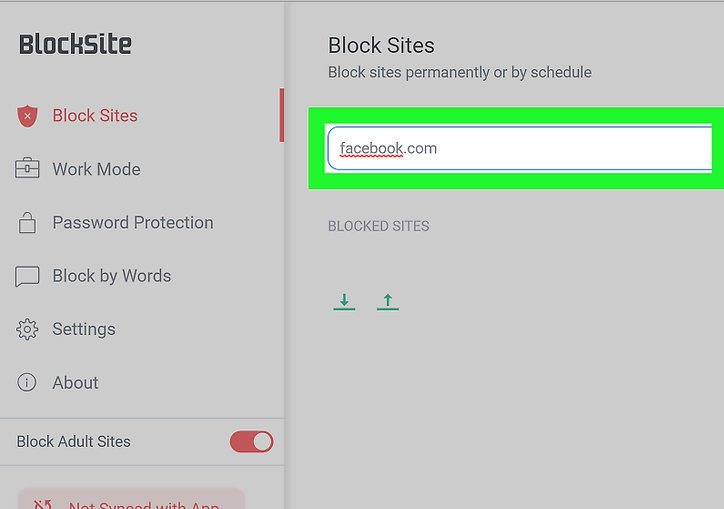
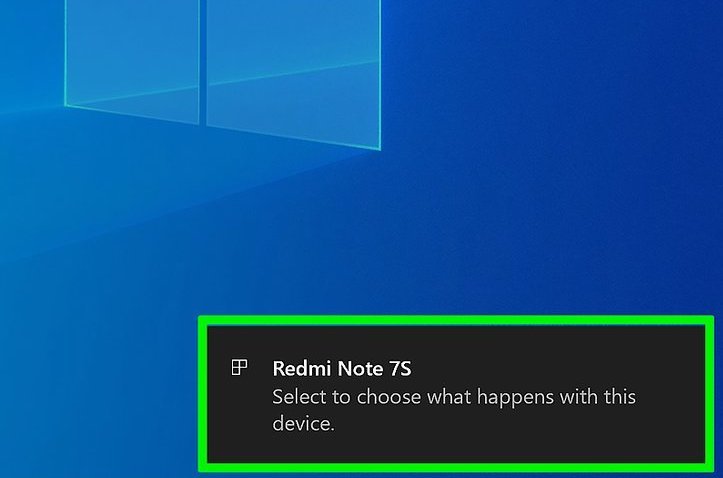
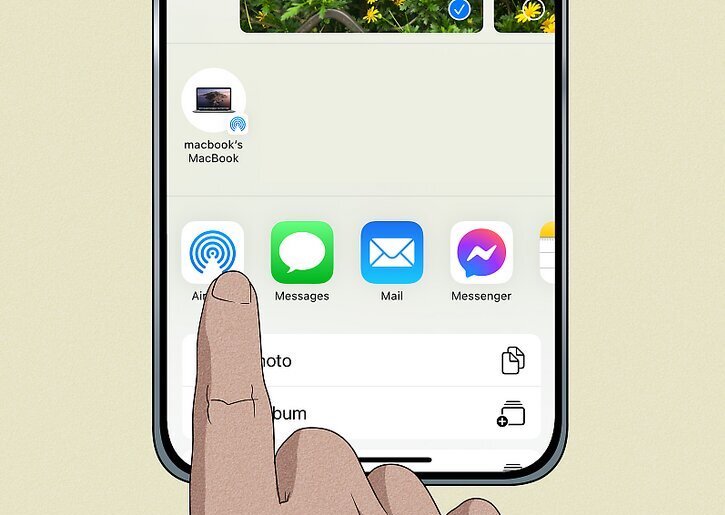
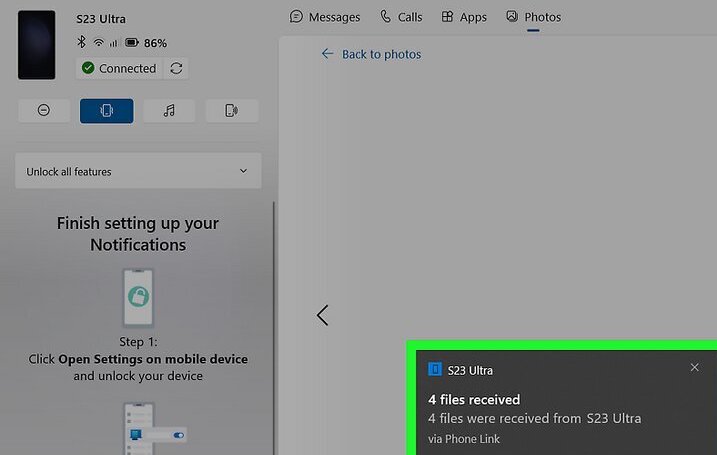
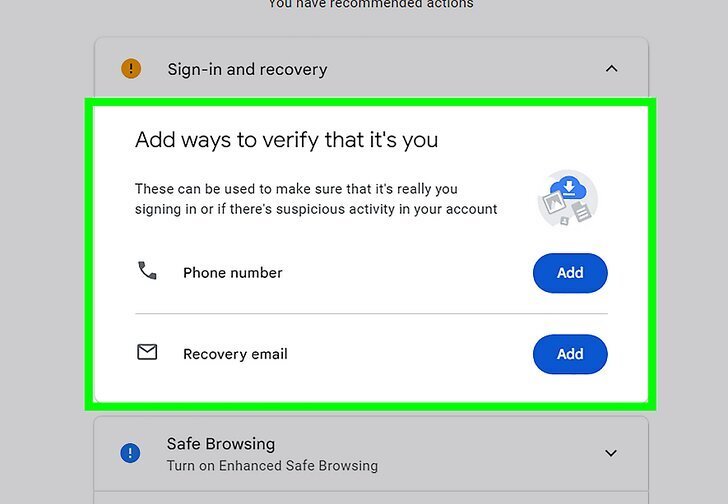

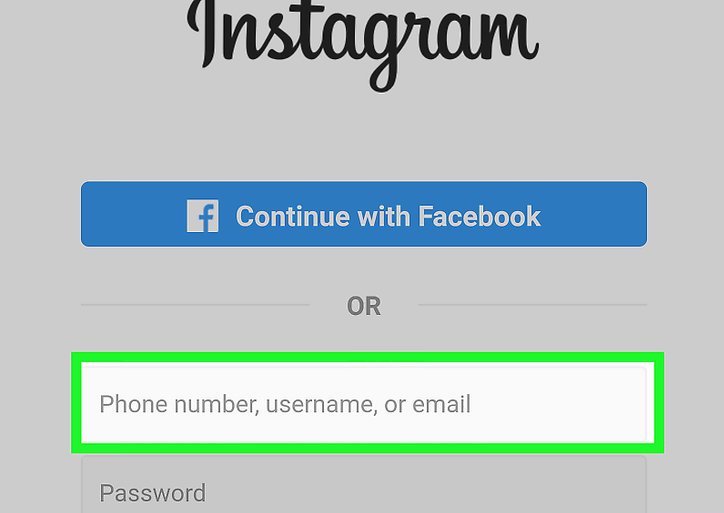
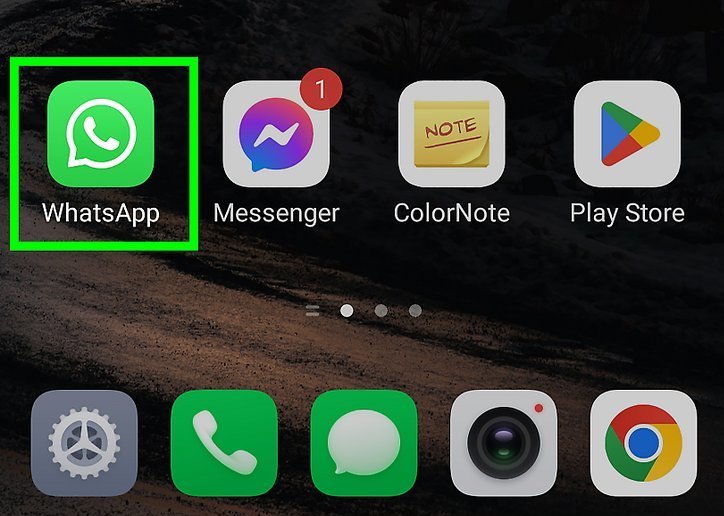
![How to See Who Views Your Facebook Profile [6 Easy Ways]](https://devicetransfer.com/wp-content/uploads/2025/02/How-to-See-Who-Views-Your-Facebook-Profile-6-Easy-Ways.jpg)
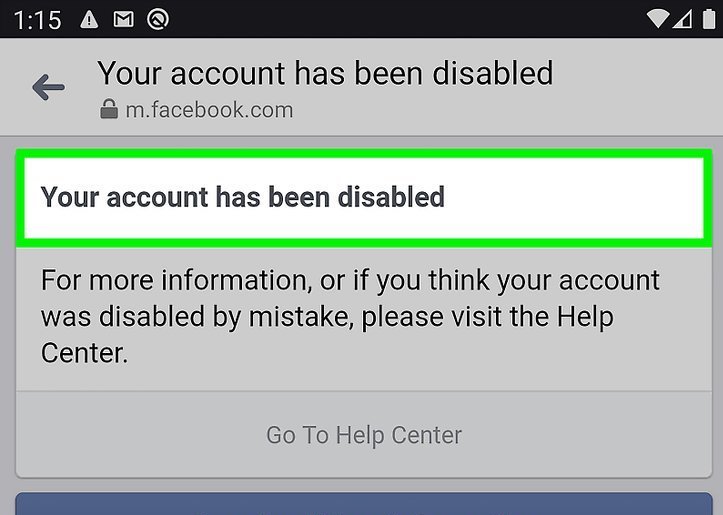
Add comment